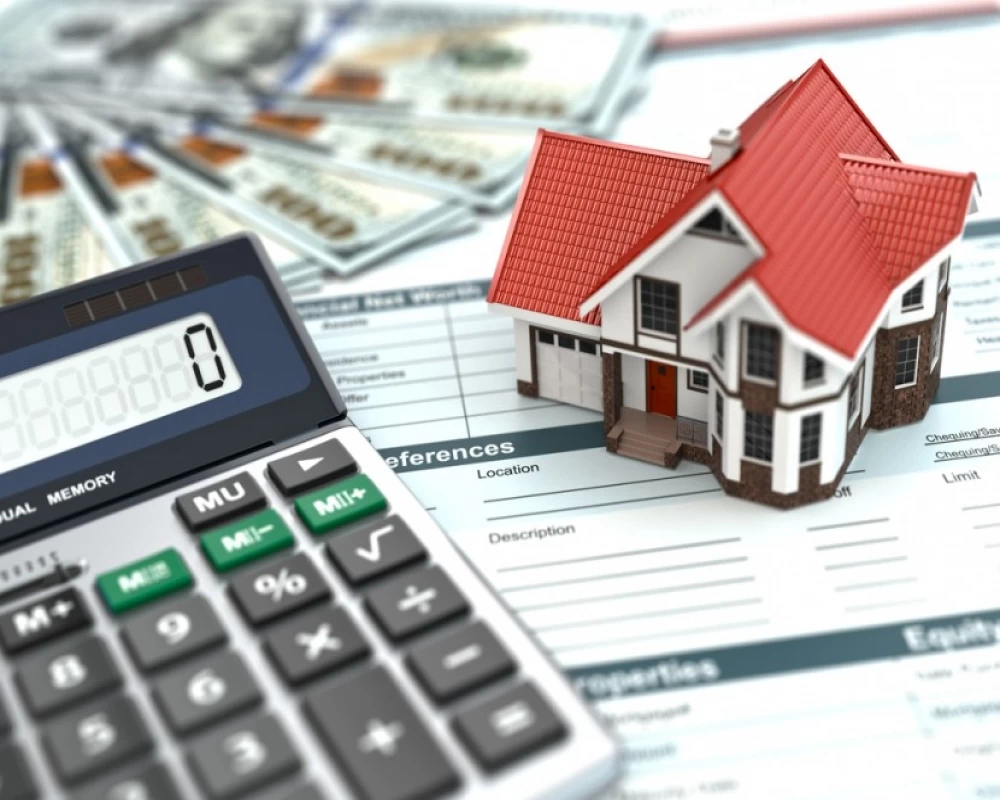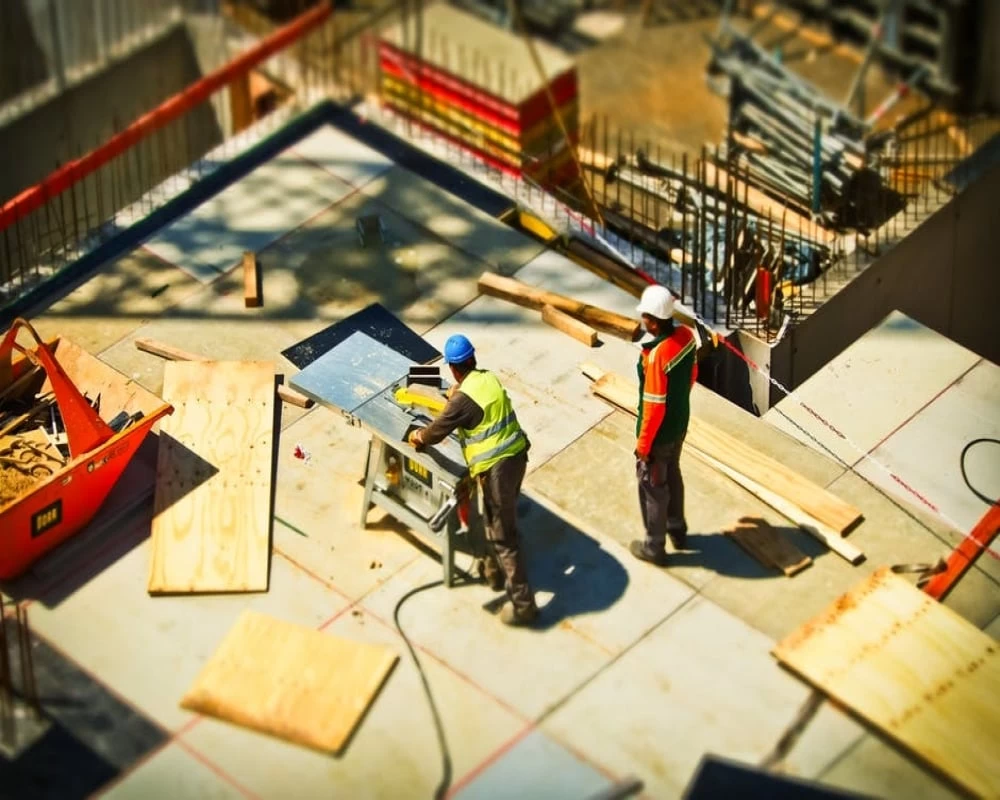3 Steps to Determine the Fair Market Value of Foreign Real Estate

You don’t want to pay excess on a property. So, it’s important to know what a home really costs on the equity scale
Real estate whether home or abroad is a substantial, long-term investment. It is therefore imperative that you research various countries and neighborhoods before choosing one to invest in because economists agree that there is an opportunity cost to investing in a particular property.
Your research should include the existence of changing political and economic scenarios, as these would have profound impact on the housing market, especially influencing central bank rates and lending policies.
Factors Affecting Market Value of Foreign Real Estate
Location is critical. Apart from the real estate conditions existent in the country, you don't want a place with high crime rate and bad transport system. But looking ahead, you have to examine the profitability of your investment. Home appraisers looking at homes consider features like property age, lot size, internal square footage, number of bedrooms and bathrooms, amenities and overall condition. Hence the first step in determining your home's market value is taking an appraiser’s glasses and looking at the home objectively, writing down the principal features of your home.
How to Determine Market Value of Foreign Real Estate
Valuing a home is not an exact science but here are some things you can do to make a ‘scientific’ guess on the fair market value of a property abroad.
1. Check out comps.
Find four or five comparable homes in the area that have sold within the past six months. A local agent should be able to help you with that data. Your research on comparable homes (comps) will give you a good indication of what your intended property might be worth. Comparable homes should be roughly the same size, construction, age and style with the same number of rooms, layout and other features. You want to identify the prices at which these properties sold and how fast they left the market.
2. Calculate the rate per square foot.
For each of your comps, divide the selling price by the square footage of the property. This gives you a price per square foot or PPSF. Find the average value of these homes by adding the PPSF figures and dividing by the number of comps you are using. For example, suppose it has the following compositions:
Property A is 2,000 square feet and sells for $ 420,000. The PPSF is $ 210.
Property B is 2,200 square feet and sells for $ 480,000. The PPSF is $ 218.
Property C is 1,900 square feet and sells for $ 390,000. The PPSF is $ 205.
Property D is 2,000 square feet and sells for $ 475,000. The PPSF is $ 237.
The average price per square foot is $ 217. Multiply this figure by the number of square feet of your home to get a rough idea of ??the market value of your home.
3. Consider the special qualities of your home.
While the PPSF gives a benchmark, it does not take into account the unique features that could raise or lower the value of your home. Improvements like a new bathroom, kitchen or siding tend to add value; On the contrary, it is likely that a home in poor condition will have a lower value than a well-maintained property. There is usually a wide variety of prices per square foot based on these factors. Ultimately, you have to decide if your home is worth more or less than the average PPSF in your neighborhood.




